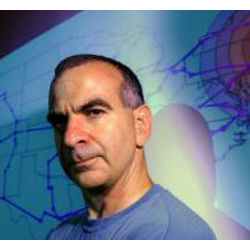Continuous Displacement Plans Oriented Network
|
CoDPON networks are a specific DTN/Data Mule system inspired on the air
traffic control system and proposed in ExtremeCom 2011. It is a
new proposal aimed to make possible the technological
inclusion in areas unprovided of communication infrastructure.
The focus are amazonian
scenarios where the fluvial mesh is the unique access to the exterior
world environment. Actually, the CoDPON project is a work in progress that is been development thanks to a partnership between the courses of Computer Science from Universities of Amazonia and Arizona.
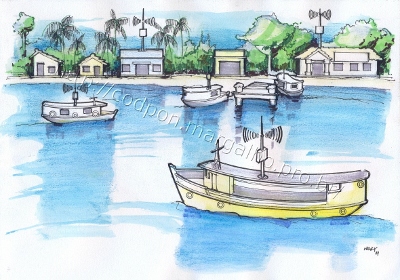 Papers 2011 Work in Progress: A new proposal of data mule network focused on Amazon riverine population. ExtremeCom 2011. 26 a 30 set 2011 - Manaus (PA), http://www.extremecom.org.
2014 Healthcare Supported by Data Mule Networks in Remote Communities of the Amazon Region. International Scholarly Research Notices, v. 2014, p. 1-8, 2014. 2015 Robust Data Mule Networks with Remote Healthcare Applications in the Amazon Region: A Fountain Code Approach. In: Robust Data Mule Networks with Remote Healthcare Applications in the Amazon Region: A Fountain Code Approach, 2015, Boston. IEEExplore, 2015. CoDPON Simulator
The simulator codpon is a work in progress and not yet complete. Available on Source Forge Current areas under investigation
DTN Rounting Fontain Codes Network Coding The Opportunistic Network Environment simulator Network Simulator Support Foundation in Brasil |
Principal Investigators
Dr. Mauro Margalho Coutinho - Professor from University of Amazonia
Dr. Alon Efrat - Professor from University of Arizona
Dr. Thienne Johnson - Professor from University of Arizona
Dr. Andrea Richa - Professor from
Arizona State University
Partners Investigators
Dr. Edjair de Souza Mota - Professor from Universidade Federal do Amazonas (Brazil)
Dr. Allan Pinheiro - Specialist in Ultrasound (Brazil) Hospital Hospital Santa Casa - Belém (PA) Students Mengxue Liu - PHD Student from
Arizona State University Rachit Agarwal - MS Student from Arizona State University (graduated in 2015)
|
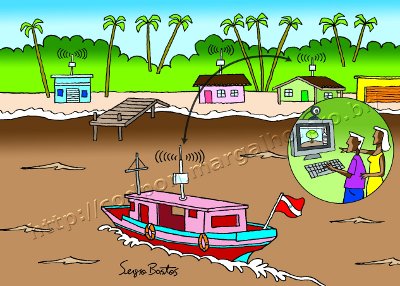 |
Ultrasound Remote Exams (1)
A major difficulty in isolated areas like Marajó occurs due to the
small number of physicians who reside in the region. The vast
majority of those just make periodic visits. |
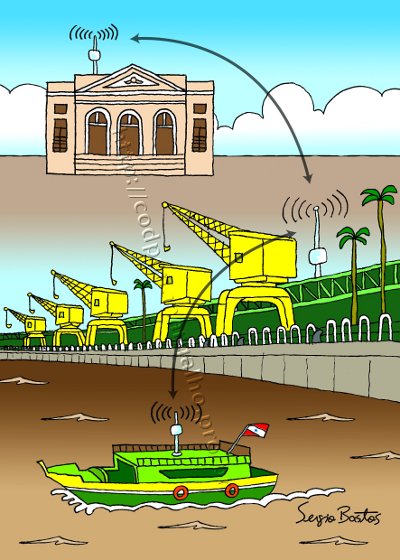 |
Ultrasound Remote Exams (2)
Among the most affected
by this infrequency of medical attention in the communities are
pregnant women, who need regular monitoring. One of the proposed
applications is related to ultrasound examinations by health agents.
The CoDPON system will act as a Mule, carrying and deliveringthe
filesto the State capital for the analysis by physicians.
|
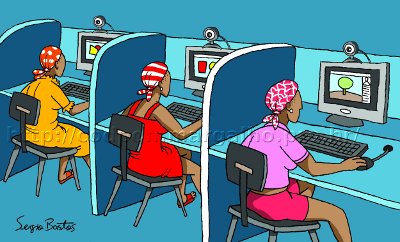 |
Medical care related to scalping of Amazon Children
This is a work in progress to help
Paives is an acronym (in portuguese) which means Program for Integrated Assistance for Scalped Victims |
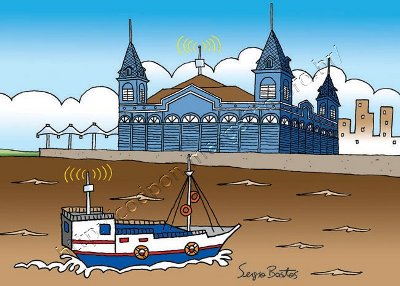 |
Medical care related to scalping of Amazon Children
Daily, lots of Amazon dwellers use little boats as the main
means of transportation. Children usually go to school in these little
motorized boats. Women and girls in these communities habitually grow their hair long and leave it untied.
|
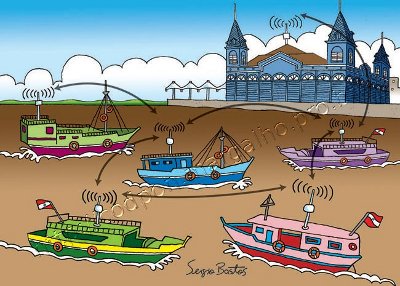 |
Medical care related to scalping of Amazon Children
Most
of the boats, used by riverine families, are built in a rudimentary and
craft form, exposing the shaft which rotates the propeller engine.
Accidents occur when the hair, especially of women, gets stuck in the
uncovered shaft of the engine, and due to mechanical strength of this
revolving motion, is pulled causing the hair to be torn from the scalp.
|
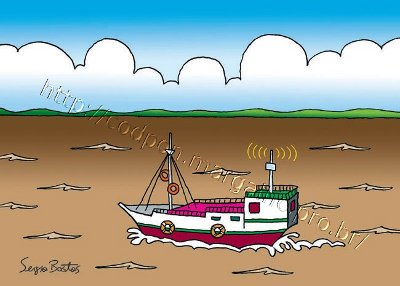 |
Social Reintegration related to scalping of Amazon Children
In
this case we propose the use of CoDPON data mules to carry video,
letters, pictures and another information from rural areas to urban
areas (Santa Casa - the hospital where victims stay hosted for between
6 months and 1 year) and vice versa.
|

